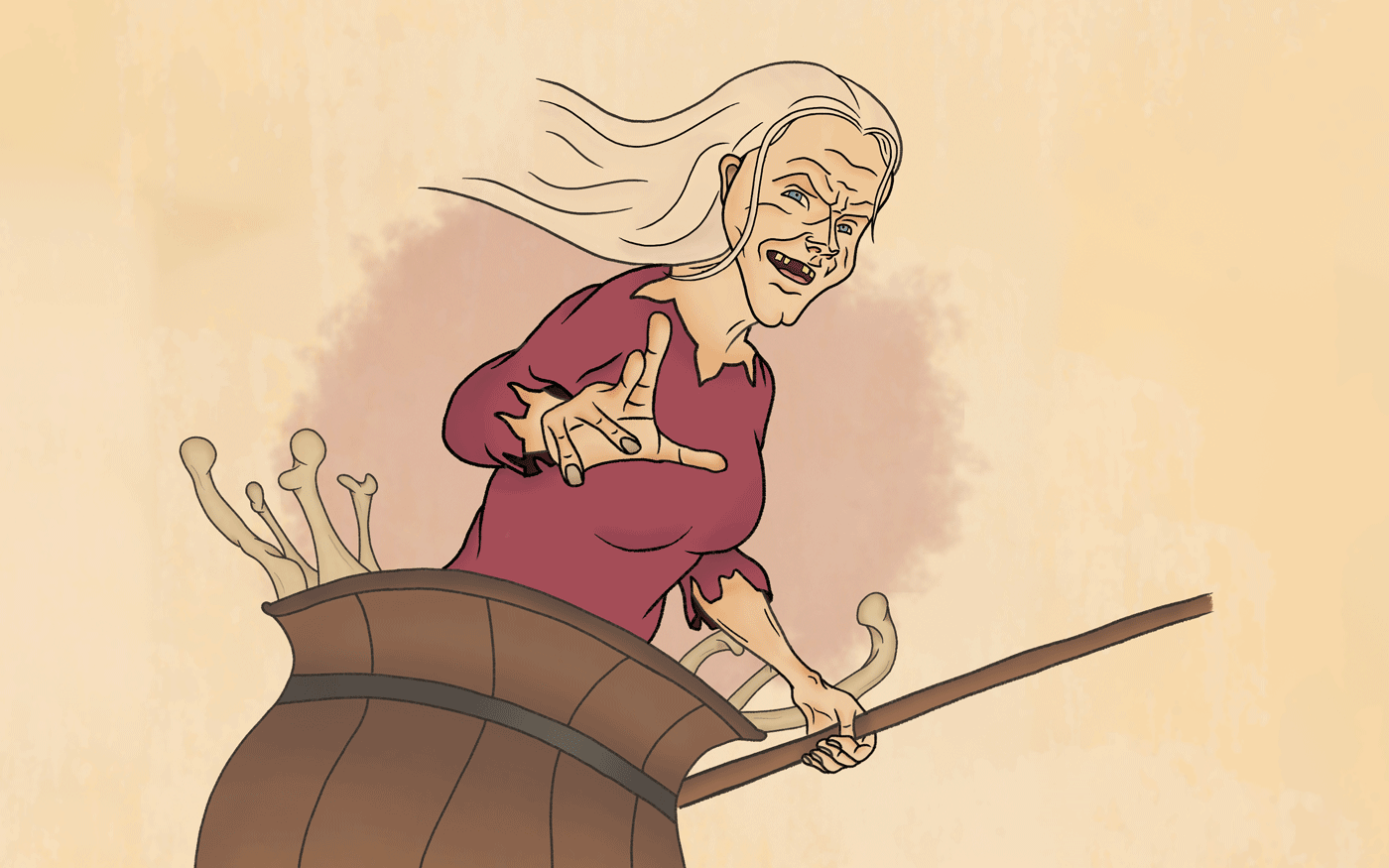

Graphic Design
November 2020
In Slavic folklore, a witch named Baba Yaga flies through the forest in a giant mortar and pestle, threatening to eat those who wrong her. Despite her grotesque appearance and frightful behavior, Baba Yaga is never portrayed as a one-dimensional villain; instead, she is a morally ambiguous matriarch of the forest who helps the pure-hearted.
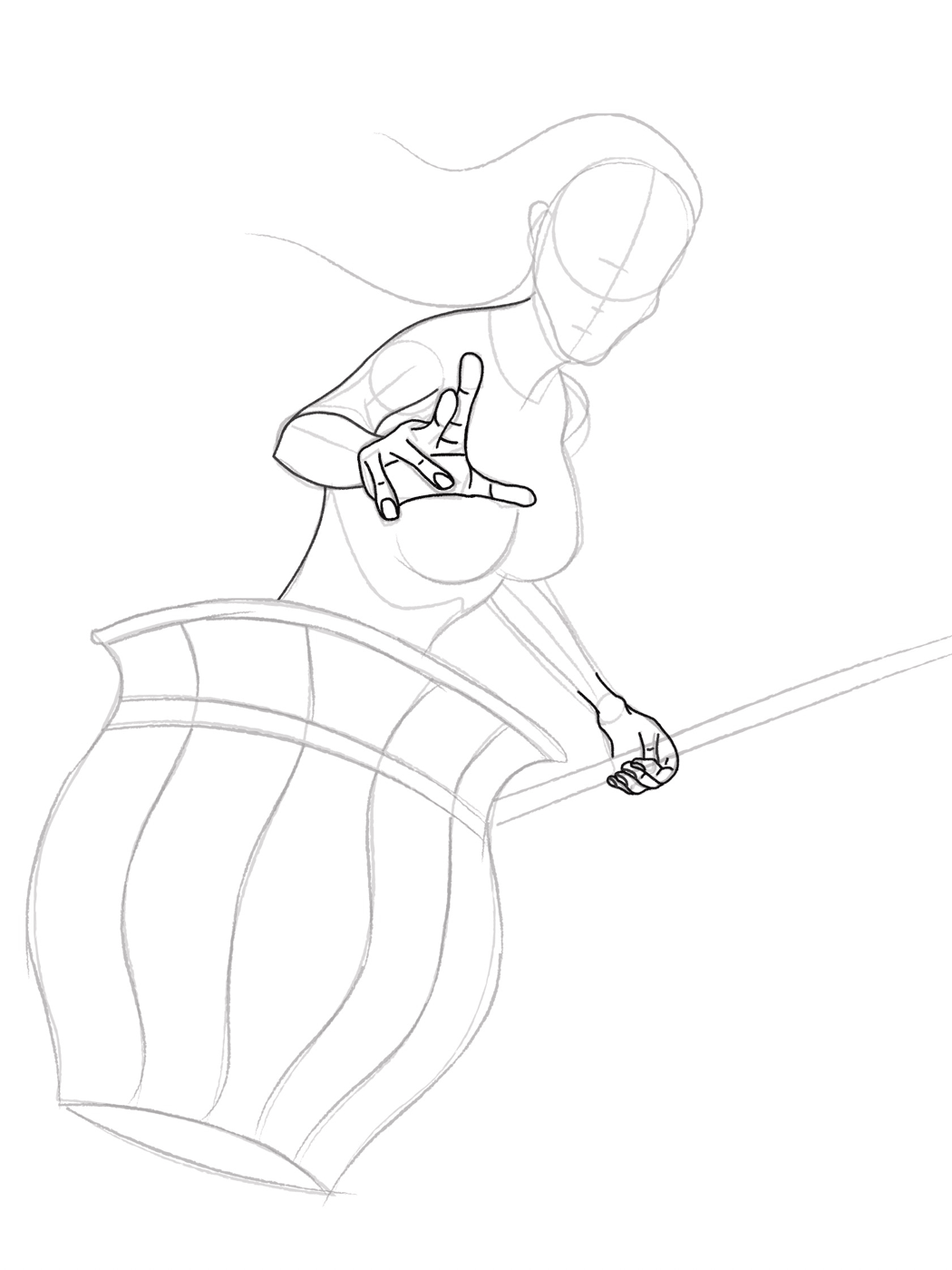
I began this project by drawing outlines—and I gradually darkened the lines before adding color and shading.
Throughout my Infographics course at the University of North Carolina, almost everyone used Adobe Illustrator all semester (me included). Our final project challenged us to use Adobe Photoshop instead. Having never used Photoshop for illustration before, I was nervous—but I was excited to tell the story of Baba Yaga, one of the most fascinating and morally complex characters I’ve encountered in fiction.
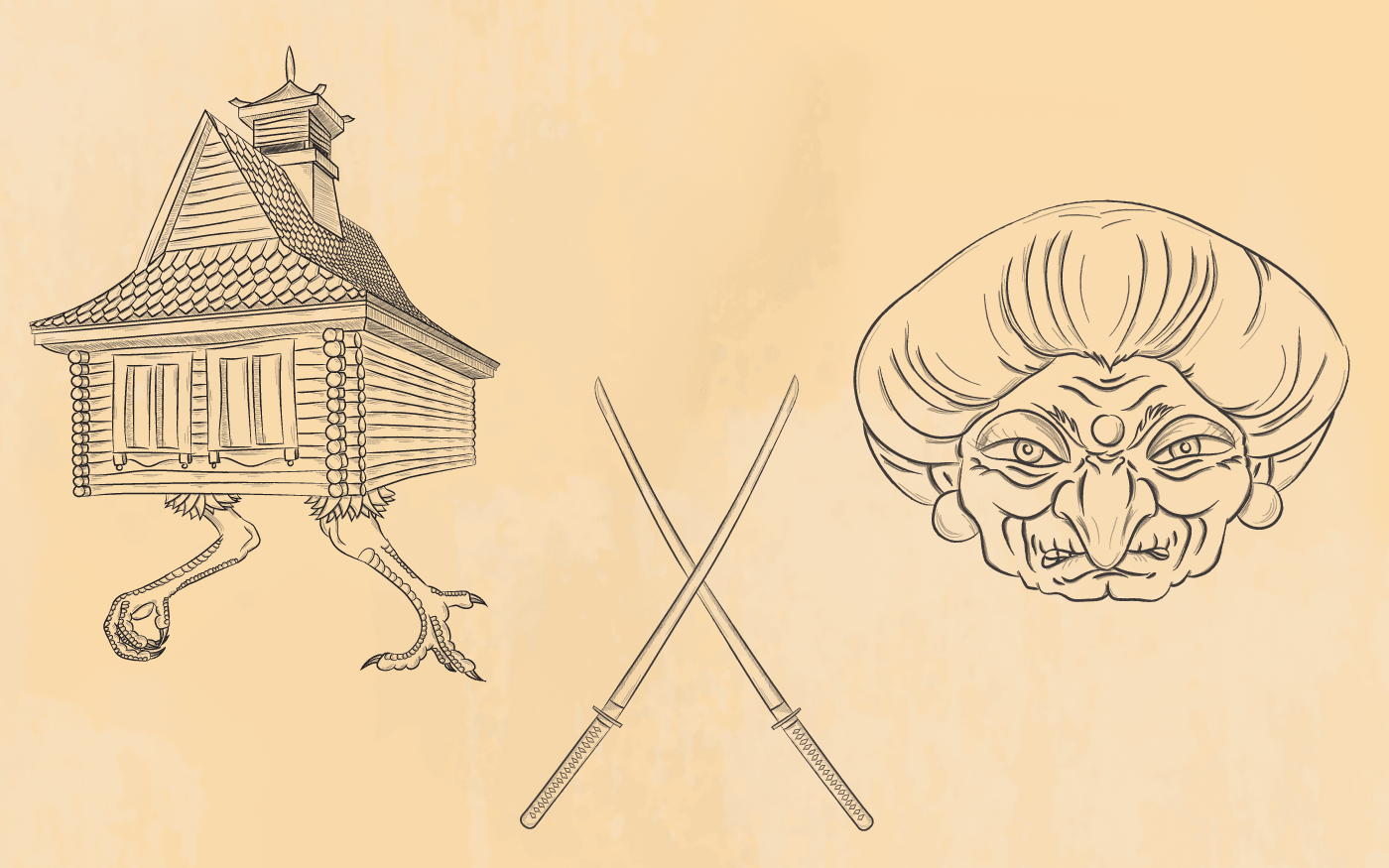
For secondary illustrations, I used a shading technique that relied entirely on lines.
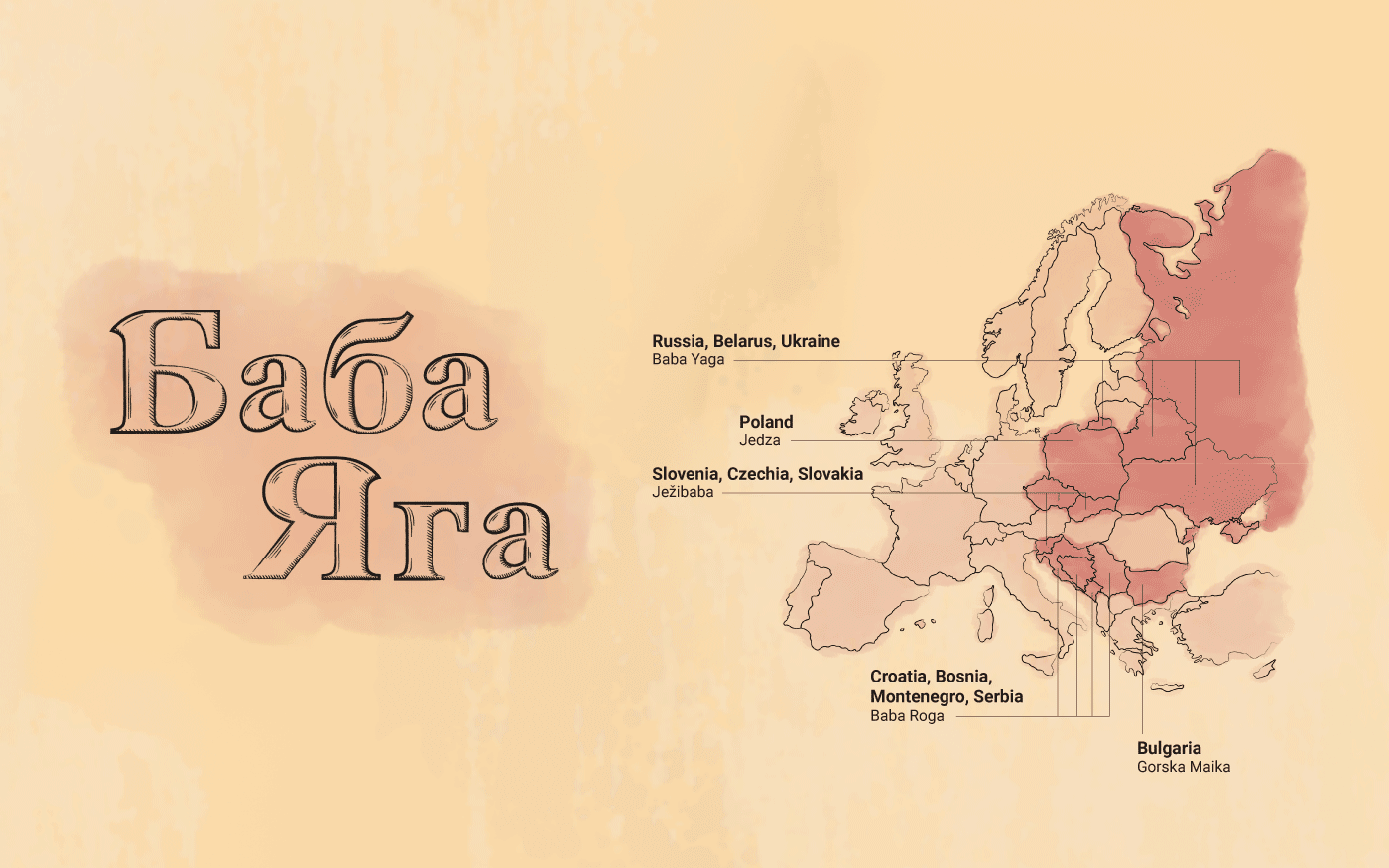
To create an organic appearance to colors on the map and Cyrillic version of Baba Yaga's name, I used a smudge brush in Photoshop.
After finishing my research on Baba Yaga, I began working on an outline of the main illustration. To add a modern twist to this illustration, I decided to model Baba Yaga on comic book superheroes like Storm and Jean Gray—this allowed me to give her an imposing, aggressive body position that I felt suited the character. I then added solid colors to the illustration before using the Dodge and Burn tools to add depth. I then began working on my map, which I created by using a smudge brush to disperse blocks of color, and line drawings for my secondary illustrations.
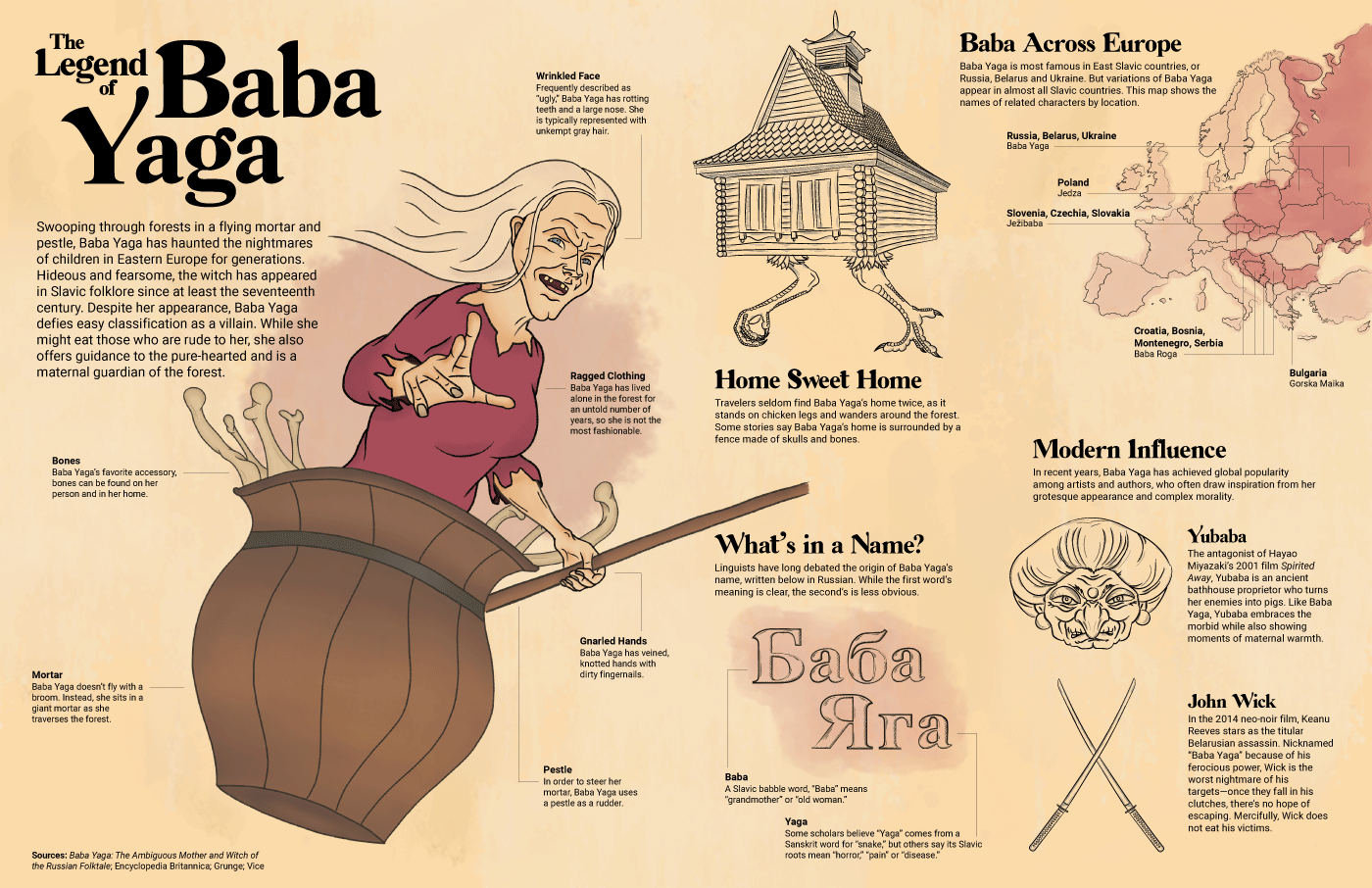
The final project discusses Baba Yaga's appearance, her abode, the origin of her name, her alternative forms across Eastern Europe, and her influence on modern pop culture.
This infographic is different than anything else I’ve created, undoubtedly because it was designed primarily in Photoshop. While I find Photoshop less forgiving than Illustrator, I also recognize its ability to create an organic style that is less noticeably computer-generated—a style suitable for stories like Baba Yaga’s.